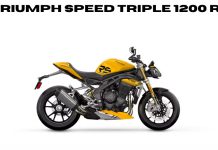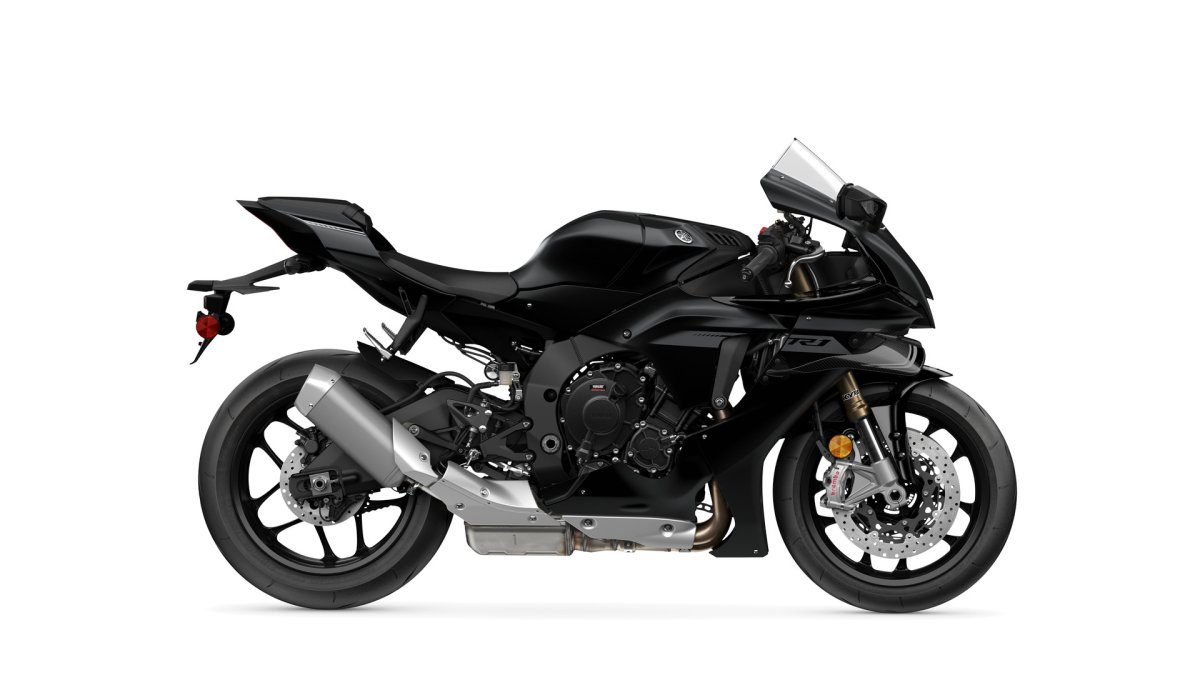Yamaha’s R1 and R1M models made waves this past year for several reasons. From discontinued road versions in Europe to the rumored MotoGP engine swap, Yamaha’s trajectory was all over the map. Yet, one thing is clear: the 2025 R1 and R1M are here, and they come with game-changing updates.
A Storied Legacy
The Yamaha R1 always stood as a benchmark in the superbike world. Since its debut in 1998, the R1 gained a reputation for pushing the envelope. With its cutting-edge cross-plane engine and stunning handling, it quickly became a favorite. However, its dominance came into question in recent years. Critics called out its braking performance and suspension as weak points compared to its European rivals.
For 2025, Yamaha heard those concerns and responded with strategic updates. The latest models aim to bring the R1 back to the forefront of the superbike class. So, what can riders expect?
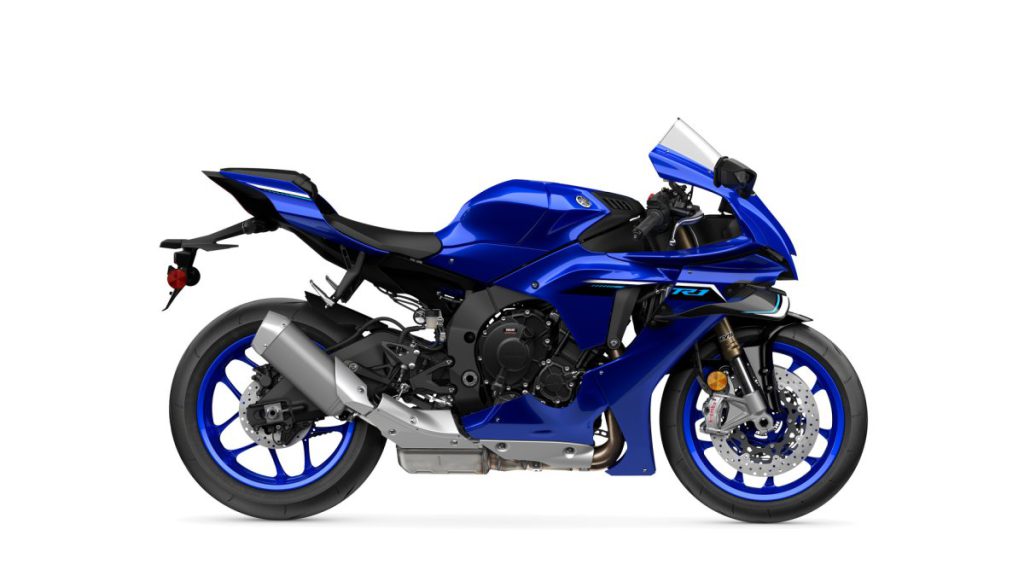
Braking System Overhaul: The New Brembo Stylema
One of the most significant changes in the 2025 R1 and R1M is the upgraded braking system. Previous models fell short when compared to the competition in terms of stopping power. Many enthusiasts believed Yamaha could easily fix this with a premium braking system. Yamaha listened. The new R1 comes equipped with Brembo Stylema 320mm monobloc front calipers, a serious upgrade from its predecessor. These calipers are paired with a Brembo master cylinder, improving braking performance by delivering a more immediate, responsive feel.
Why is this important? The braking system is crucial for high-performance motorcycles, especially in superbikes like the R1. At high speeds, riders need consistent stopping power without fade. The new Brembo setup addresses this concern head-on. Additionally, the Stylema calipers are known for their excellent thermal management, reducing the chances of brake fade on long, aggressive rides.
Suspension Improvements: KYB Takes Center Stage
The previous Yamaha R1 received criticism for its suspension setup. Riders felt it lacked the refinement of other top superbikes. For 2025, Yamaha improved this area with a new fully adjustable 43mm KYB front fork. This upgrade promises better handling and increased rider confidence.
The suspension changes offer better feedback from the road, making it easier to tackle corners at high speeds. Enhanced damping control also improves stability, especially during aggressive riding. This is key for both track riders and street riders alike, as it allows for better handling in a variety of conditions.
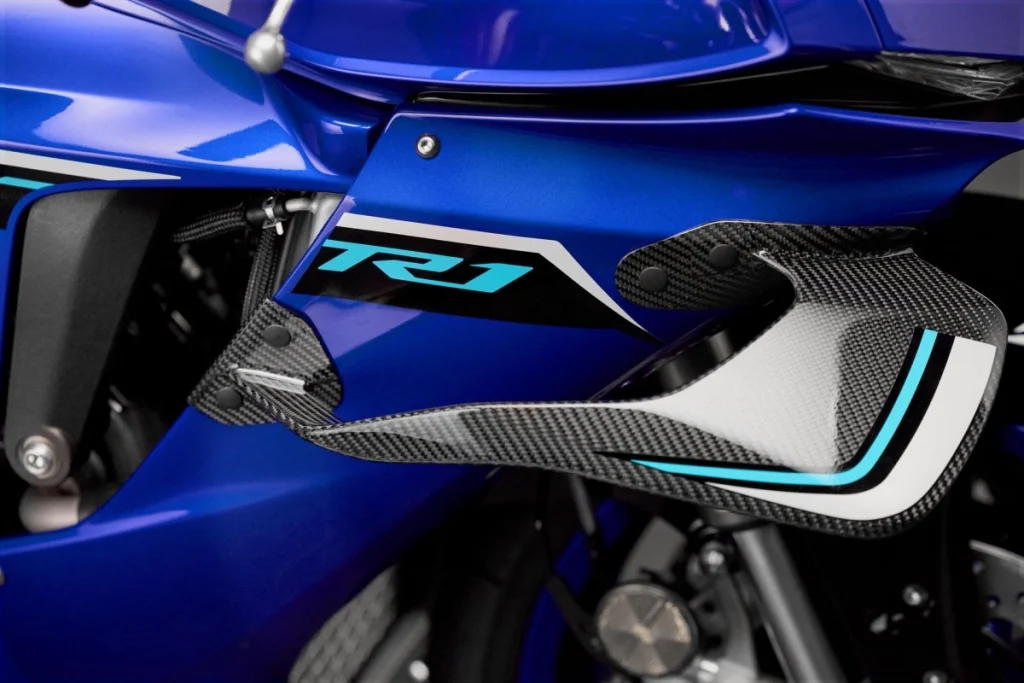
Aerodynamics: Enter the Winglet Era
Another standout update in the 2025 R1 is the introduction of carbon fiber aerodynamic winglets. Yamaha was one of the last superbike manufacturers to hold out against winglets, but the pressure caught up. While winglets on street bikes might seem controversial, their functional benefits cannot be denied. The winglets improve front-end stability during braking and enhance the bike’s cornering capabilities.
Do they improve performance? Absolutely. Winglets generate downforce, increasing the bike’s grip, especially when braking hard into corners. For riders pushing their limits on the track, this additional stability can be a game-changer.
Engine and Performance: Cross-Plane or V4?
One topic of hot debate is the potential shift from Yamaha’s signature cross-plane engine to a V4 for MotoGP. While these rumors swirl, the 2025 R1 continues to use the 998cc cross-plane inline-four engine. This engine configuration is known for its distinct sound and linear power delivery, setting it apart from traditional inline-four engines.
For now, the cross-plane engine remains a hallmark of the R1’s identity. It delivers an exhilarating experience with its smooth torque curve and thrilling exhaust note. However, if Yamaha opts for a V4 in future MotoGP models, it could signal a shift in the production bikes down the road.
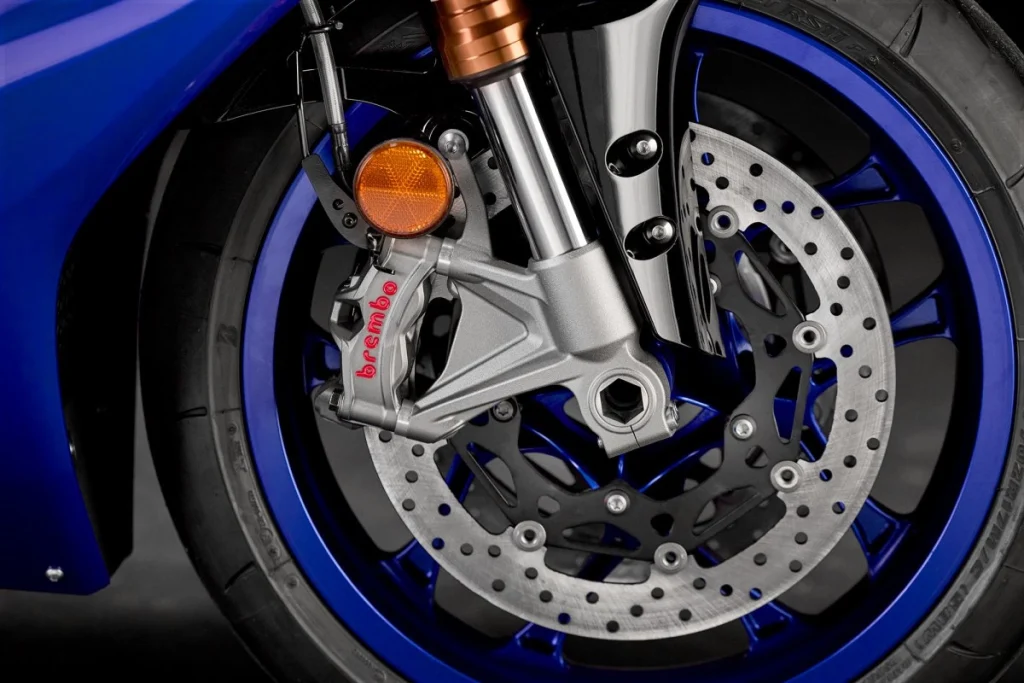
Seat Design: Enhanced Grip for Riders
While it may seem like a minor detail, the seat design in the 2025 R1 saw improvements. Yamaha introduced a new textured rider and passenger seat cover. This update provides better grip and connection to the bike. In high-performance riding situations, this can help the rider feel more in control, reducing the chances of sliding during aggressive maneuvers.
This new seat design is another example of Yamaha’s focus on improving rider confidence and comfort. Even small adjustments can make a big difference in how a rider interacts with the bike.
The Price Tag: Is It Worth the Hike?
The 2025 R1 will see a $600 price increase, with the base model starting at $18,999. The question many riders will ask: Is it worth it?
Given the new braking system, suspension upgrades, and aerodynamic enhancements, the price hike seems justified. Riders are getting a refined machine addressing many of the criticisms of past models.
For those who value performance and handling improvements, the extra cost seems worth it. However, this places the R1 in a competitive pricing bracket alongside other high-performance superbikes, meaning prospective buyers will have to weigh the R1’s updates against its rivals.
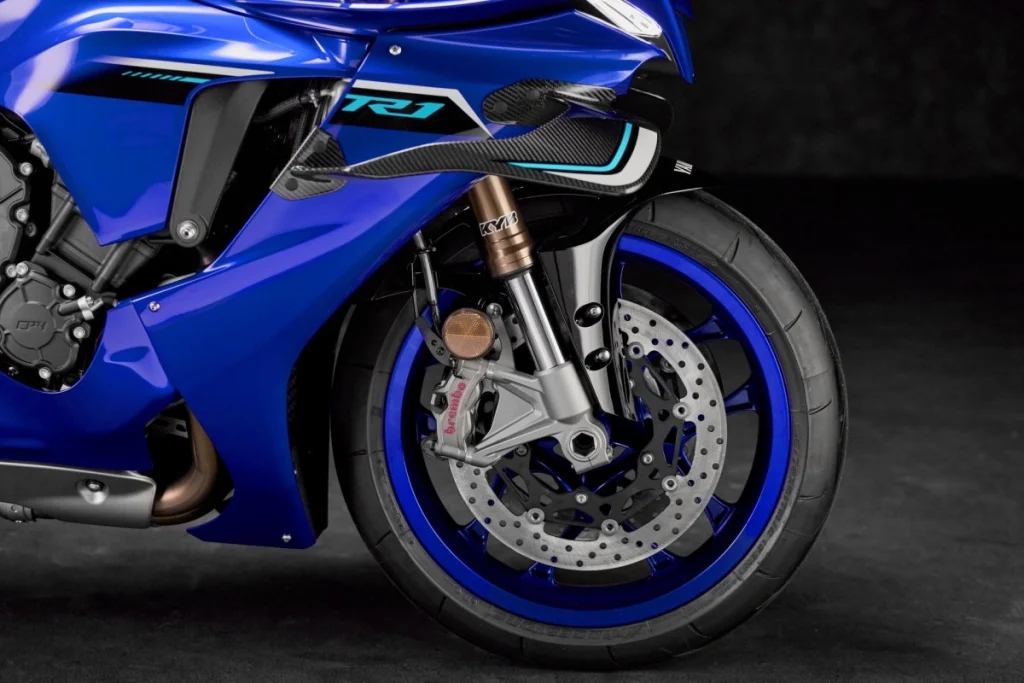
The R1M: Stepping Up the Game
For riders seeking even more performance, the R1M takes things up a notch. The R1M includes all of the updates found in the standard R1, but with additional features aimed at serious track riders. It comes with Öhlins semi-active electronic suspension (ERS), which automatically adjusts based on the rider’s input and road conditions. This system provides a smoother, more responsive ride and ensures suspension is always optimized for performance.
The R1M also features a carbon fiber tail cowl and additional lightweight components, further reducing the bike’s overall weight. These elements contribute to improved agility, making the R1M a formidable contender on the track.
Advanced Electronics: Taking Control
Both the 2025 R1 and R1M feature Yamaha’s advanced electronics suite, which includes a six-axis inertial measurement unit (IMU). This system controls a variety of rider aids, such as traction control, slide control, lift control, and cornering ABS. The IMU’s real-time data allows the rider to push the bike to its limits while maintaining a safety net of electronic assistance.
In addition to the IMU, both models come with quick-shift systems for clutchless upshifting and downshifting. This feature enhances performance on the track but also makes street riding enjoyable.
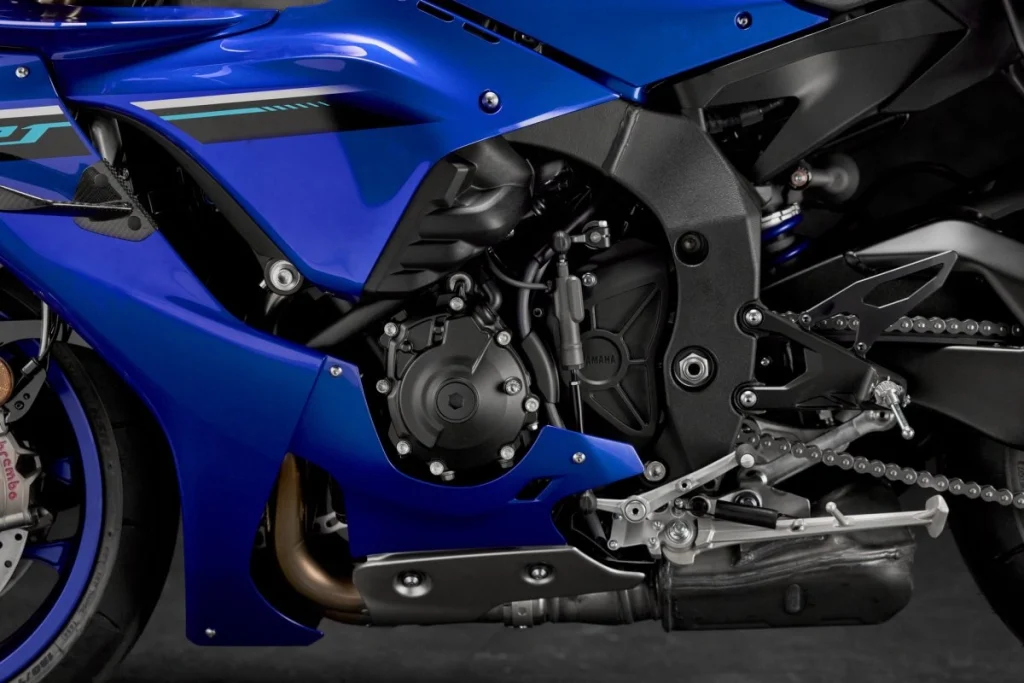
Competitors: How Does the R1 Stack Up?
The superbike market is competitive, with fierce rivals like the BMW S1000RR, Ducati Panigale V4, and Kawasaki Ninja ZX-10R vying for dominance. Each of these bikes has its own set of strengths, and Yamaha’s 2025 updates place the R1 back in the conversation.
Brakes: With the new Brembo system, Yamaha addressed one of the R1’s biggest weaknesses. The R1 now matches or surpasses its competitors in braking performance.
Handling: The improved KYB suspension brings the R1 closer to the handling prowess of the BMW and Ducati, both known for precise handling and agility.
Aerodynamics: While the R1 was late to adopt winglets, the new aerodynamic package should help it compete with the likes of Ducati’s V4, long praised for its stability at high speeds.
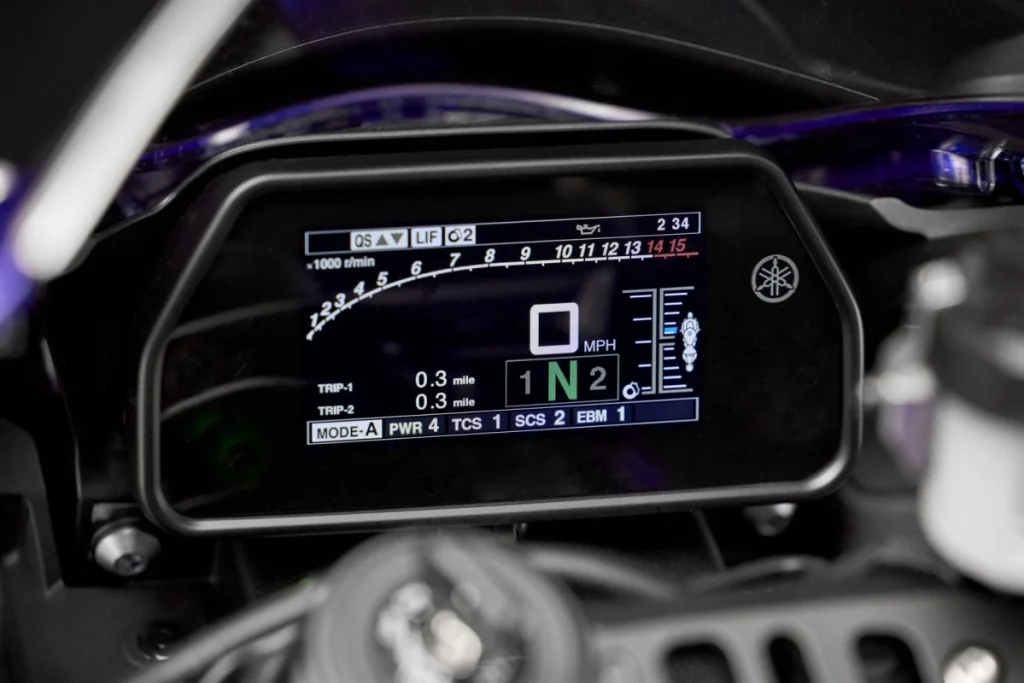
Conclusion: A New Era for Yamaha’s R1 and R1M
The 2025 Yamaha R1 and R1M models represent a significant step forward. By addressing key areas like braking, suspension, and aerodynamics, Yamaha ensured its flagship superbike remains a top contender in the hyper-competitive superbike segment. While the price increase may give some buyers pause, the updates deliver real performance gains justifying the added cost.
With these improvements, the 2025 R1 and R1M should rekindle excitement among Yamaha fans and push the brand back into the spotlight. For those in search of a high-performance machine blending cutting-edge technology with proven engineering, the 2025 R1 lineup is worth a serious look.







